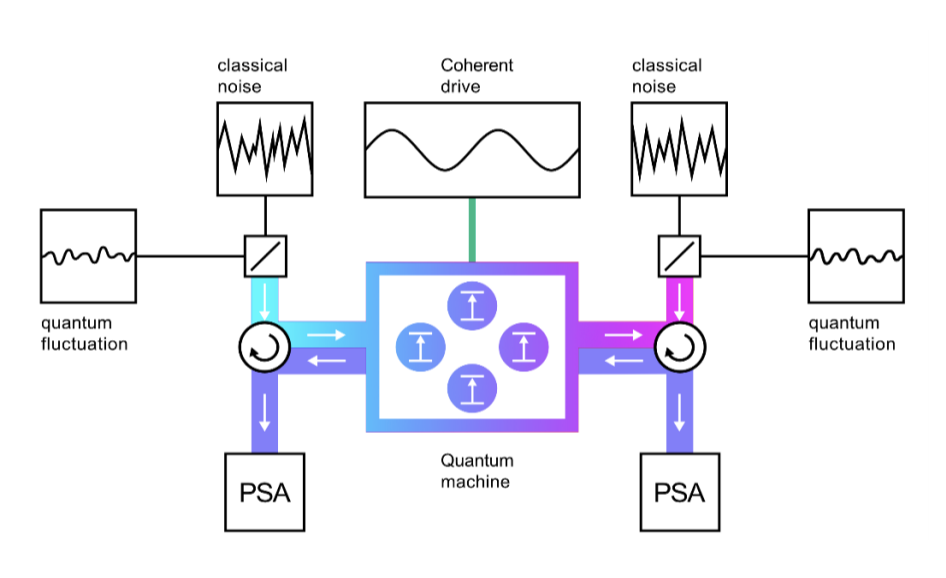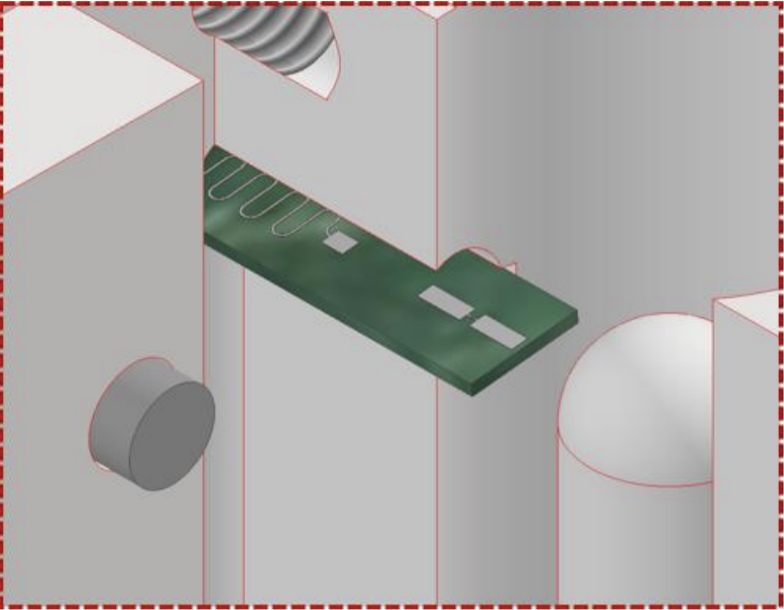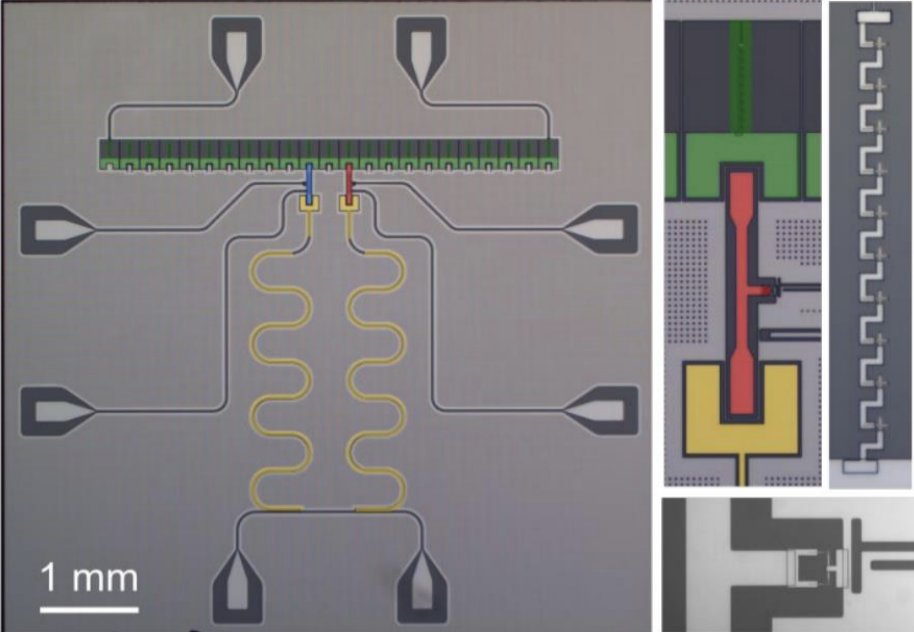Gate-tuneable superconducting electronics

In the last few years, a series of experiments from a research group in Pisa have shown that superconductivity in a weak link can be controlled by applying voltages to electrostatic gates, in a similar way as semiconducting transistors are controlled by the field effect. This discovery has the potential to revolutionize the world of supercomputing, leading to a technology that combines the advantages offered by semiconductors and superconductors. However, the underlying physical mechanism behind it is still unclear. In addition, the control has been demonstrated only at low frequencies (dc and audio band), while the prospected applications require switching at much higher frequencies (GHz and above). At 202Q-lab we plan to investigate gate-tuneable superconducting weak links at microwave frequencies, gaining insight on their physics, validating their performance in the GHz band, and paving the way for further applications. This research is funded by the Horizon 2020 FET Open project SuperGate, starting March 1 2021.
Related publications
Effects of fabrication routes and material parameters on the control of superconducting currents by gate voltage
L. RufT. ElalailyC. PugliaYu. P. IvanovF. JointM. BerkeA. IorioP. MakkG. De SimoniS. GasparinettiG. DivitiniS. CsonkaF. GiazottoE. ScheerA. Di Bernardo. Effects of fabrication routes and material parameters on the control of superconducting currents by gate voltage, APL Mater. 11, 091113 (2023)
Gate-Control of Superconducting Current: Relevant Parameters and Perspectives
L. Ruf et al., Gate-Control of Superconducting Current: Relevant Parameters and Perspectives, arXiv:2302.13734.




